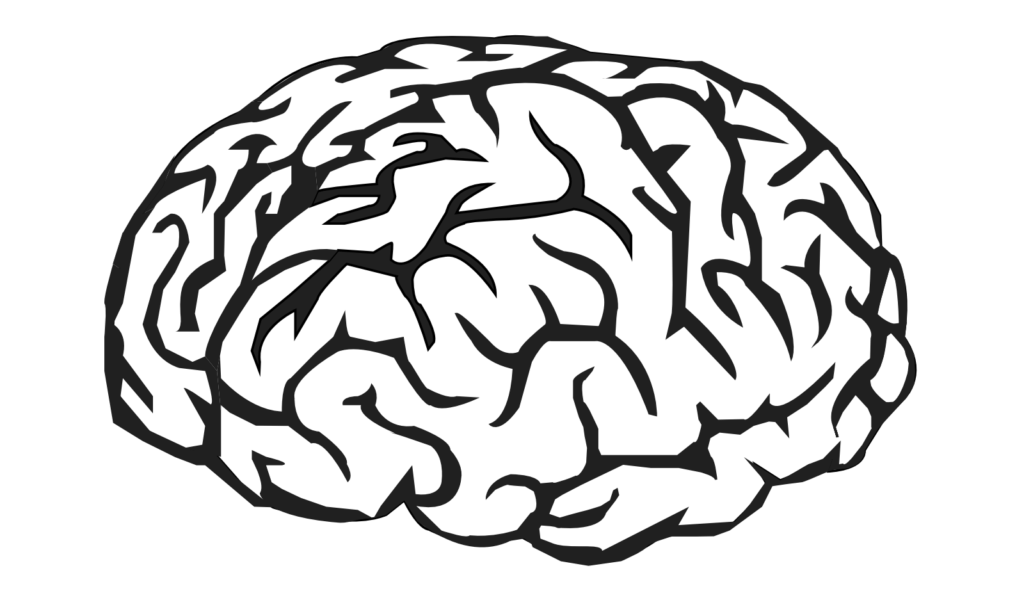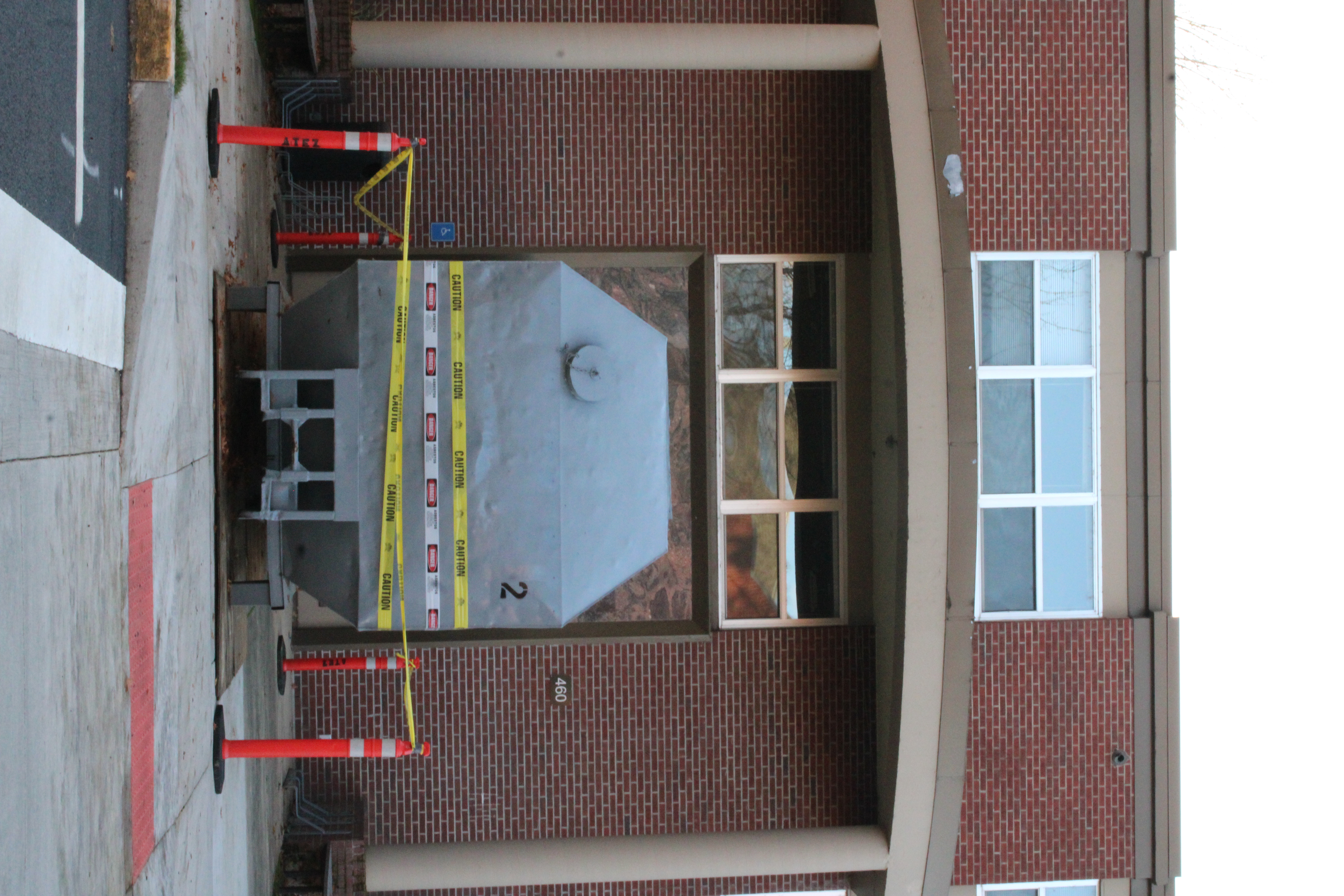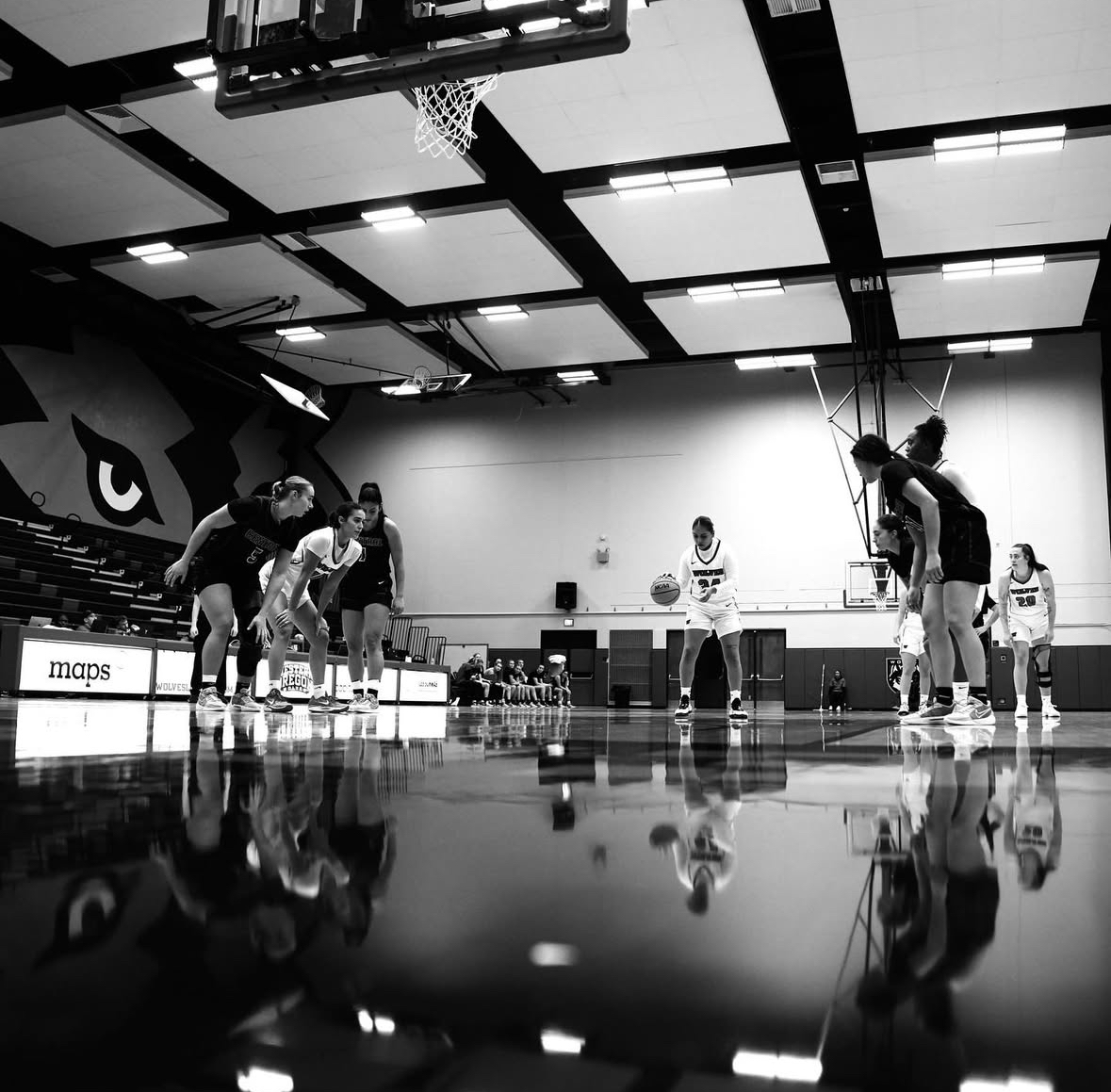
Nov. 19 2025 | Abbi Duhart | News Editor
Dr. Diane Hennacy has been one of a few scientists who have worked to test the theory that non-verbal individuals can use telepathy when communicating with those they’re closest to. Many professionals in the field believe her attempts are futile because she’s trying to prove a pseudoscience — science that isn’t based on the scientific method. In response to this, Hennacy claimed that many individuals around the world have proved telepathy to be true, but the number will never be enough to prove something that is labeled as impossible. Whether this theory is true or not is up for debate, but I’m going to dive into her research and findings.
Hennacy predicted that the group most likely to show signs of telepathy were non-vocal, autistic children with savant — exceptional abilities in memory, music, math or art — skills. She believed that these individuals were highly likely to feel more motivated in finding an alternative method of communication with their caregivers, starting at a very early age. She even argues that telepathy isn’t that much harder to believe than savants themselves, because savants know a multitude of information without any history or exposure to it, something that can also feel impossible. The examples she provides for this include twins who could provide prime numbers up to 20 digits without knowing basic math, and children spontaneously drawing the periodic table without previously being exposed to it.
Families who heard of her work reached out to her because they felt their children were exhibiting signs of telepathy. Hennacy tested three children in the United States from families that reached out, and found results that she felt pointed towards telepathy. She tested each child with randomized words, letters, numbers and pictures, and each child was able to identify them with astoundingly accurate results. While her conclusion is that telepathy, or something similar, must be going on, she acknowledged that her testing protocol was not optimal.
Hennacy’s working theory for how telepathy works has to do with how autistic brains function. When these groups of people engage in cognitive tasks, their cortex is relatively quiet, while that of a neurotypical individual is very loud. Because of this, those with autism are often extremely detail-oriented and able to perceive very subtle changes that a neurotypical person may not catch. Hennacy predicts that if telepathy has anything to do with separating signals from background noise, these individuals’ high sensitivity would make them more likely to experience this. Additionally, savants have high accuracy in sensory perception, and those with autism are often not limited by beliefs about what is possible, while neurotypicals only see what they expect to see.
Another aspect that makes proving her theory difficult is the fact that a lot of these individuals use facilitated communication. This means that, while the child would type out an answer, their parent or someone close to them would be supporting their movements through physical touch. Many skeptics of Hennacy’s theory speculate that these children just have their parents putting in the correct answer, or nudging them in the right direction, since they’re being supported with touch.
One of the individuals Dr. Hennacy tested was a 9-year-old mute and autistic girl named Haley. She does not use facilitated communication, and instead she communicates by pointing to letters and numbers, or by typing into a device called a talker that provides text-to-speech. Initially, Haley’s parents thought she was a math savant because she could solve complicated equations with no prior knowledge. At one point, her therapist gave her an exponential equation, and she typed the answer into her device unprompted. Her therapist had accidentally switched the calculator only the therapist could view to display the answer. Shocked, the therapist asked how Haley knew the answer, and Haley typed, “I see the numerators and denominators in your head.” To follow this, Haley would type in answers to things only her therapist knew, such as her landlord’s name, the exact words her therapist was thinking when looking at a picture that wasn’t visible to her and even novels that her therapist knew word for word, some even in foreign languages.
Bo, an 11-year-old boy, showed similar traits to Haley. His mother said he would often tell her words or numbers that she hadn’t outwardly expressed. Like Haley, Bo could tell the answer to any math equation he was given as long as his mother knew the answer or was looking at the answer. If his mom didn’t know the answer, he could no longer solve the equation. Bo’s ability to correctly say a word or number his mom was thinking of was tested. He received a blindfold and went to the opposite side of the room, facing away from his mother. With these restraints, Bo was tested on 25 different answers 14 times, and ended with an average of 84% correct.
Ramses, a 5-year-old boy with autism, could read seven languages out loud by 2 years old and could solve algebra problems from age 4, both signs of a savant. His mother reported him to Dr. Hennacy as being telepathic with her. Hennacy used a random number generator to test Ramses by generating a number, giving it to his mother in secret, and asking him what the number was. His overall accuracy was 90%.
The scientific method is tried and true, so it can be hard to be open to such a far-out topic that isn’t supported by it yet. Who’s to say, though, that we won’t have the information someday to fully support the idea of telepathy in nonverbal individuals. I believe that furthering scientific advancement involves looking at things that feel impossible, and what feels more impossible than the idea of telepathy?
Contact the author at howlnews@mail.wou.edu











